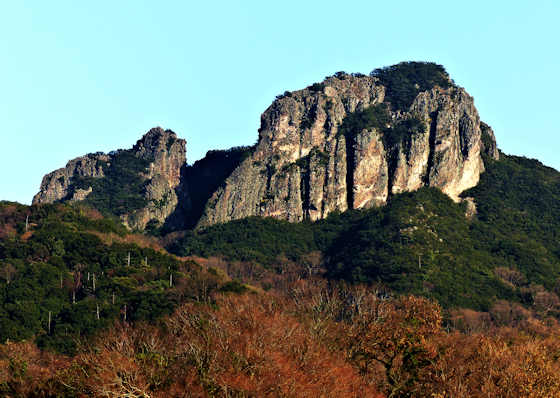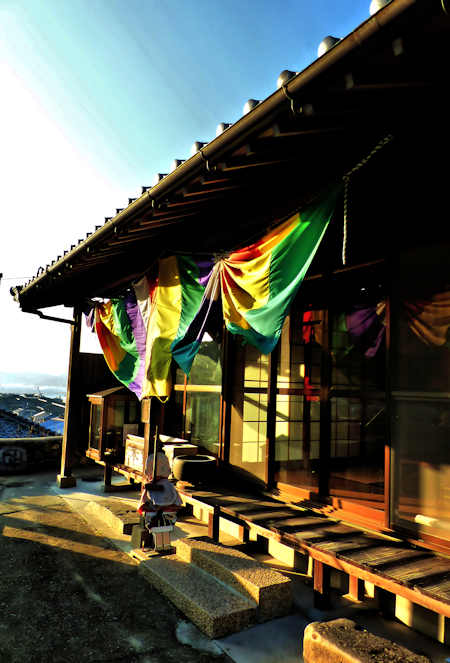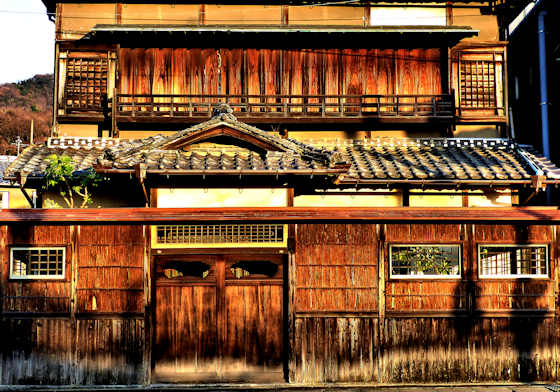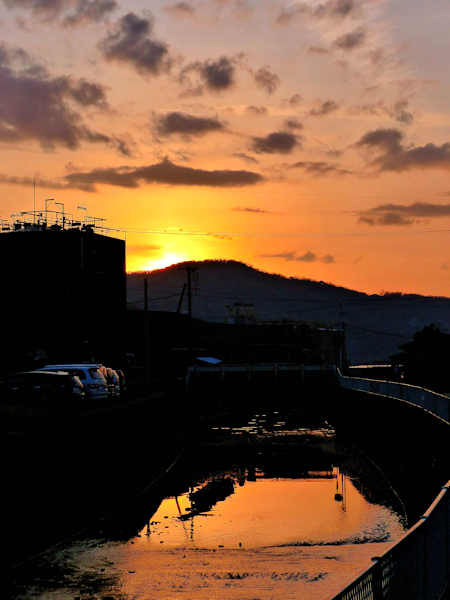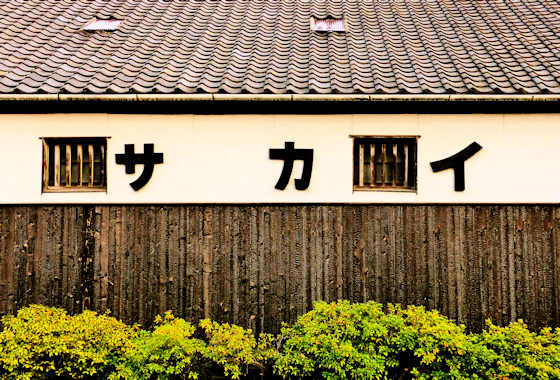Mukai-an Temple
Christmas Eve, 2015, was fast drawing to a close, and I still had three more temples to visit on the route back to my ryokan. I had just come down from Mount Dounzan and the amazing cave temples,
Dounzan and
Goishizan, and then stopped in at
Jokoji, temple 8, on this, my first day walking the Shodoshima pilgrimage.
Temple number 7, as with 9 and 10, was just a small unmanned building. The honzon is an Amida.
Just a couple of days past the winter solstice, the sun was rushing down and it becane obvious that it would soon be dark so I did not tarry nor explore
Temple 9 was Koshin-do, a site of the very popular Koshin cult. A Daoist cult/faith, it is most well known nowadays for the three monkeys. Many Koshin sites also have these strange looking dolls called Sarubobo in some places.
Many Koshin sites are now classed as Shinto shrines, and some, like here, as Buddhist temples. The honzon here is a Fudo Myoo.
The sun dipped below the hills as I passed through the biggest soy sauce factory of the island.
It was almost dark when I reached Saisho-an, number 10. It was created in the separation of shrines and temples, and the honzon, an Aizen Myoo was originally in the shrine next door.
It was completely dark by the time I got back to my room, and a little while later there was a knock at my door. It was the old priest I had met at
Kannonji, and then later at
Dounzan. He had brought me a gift, a delightful print of Fudo Myo!! A truly excellent day to start the pilgrimage with, that bodes well for the coming days.
Wild Japan
